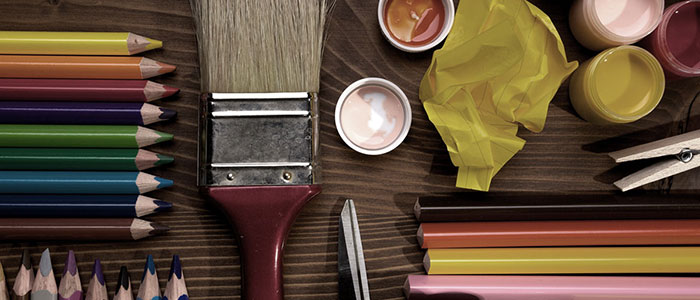
Art therapy is gaining popularity in recent times and it is being found to be helpful to anyone who may find it difficult to express thoughts and feelings verbally. It is not dependent on spoken language.
Art therapy is a form of psychotherapy that uses art as a form of communication. In art therapy people use paint, clay and other materials to explore and express feelings. There is no expectation or demand on the person of being good at art or having previous experience in order to benefit from art therapy.
“Art therapy” and “arts activities” may cause confusion on what they are and how they differ from each other. The similarity is that the person works towards the creation of artwork and therefore creativity is involved.
Differences between art therapy and art activities:
Art activities have the primary goal of creating a finished artwork within a fun and learning environment. The teacher/tutor/facilitator who is trained or experienced in art making may influence the creation of the artwork or give advice. The client may be expected to make use of skills that are taught and need to be practiced and the artwork produced is evaluated or judged aesthetically.
Art therapy’s primary goal is the intentional use of the arts for psychological change as a form of therapy within a therapeutic context. The artwork produced in art therapy it is not intended as a product in itself. Drawing an ‘ugly’ picture or destroying a picture is in art therapy is an important and valuable expression. Therefore the artwork does not have to be aesthetically pleasing or even finished to be valuable.
Art therapy fosters, enhances and promotes:
Art therapy is applicable to all of us, to children, adults, and elderly and in various medical and psychological problems like depression, trauma etc. It is a unique and novel way of unleashing inner emotions and is worth exploring.
Art therapy – Atreyee Chandra